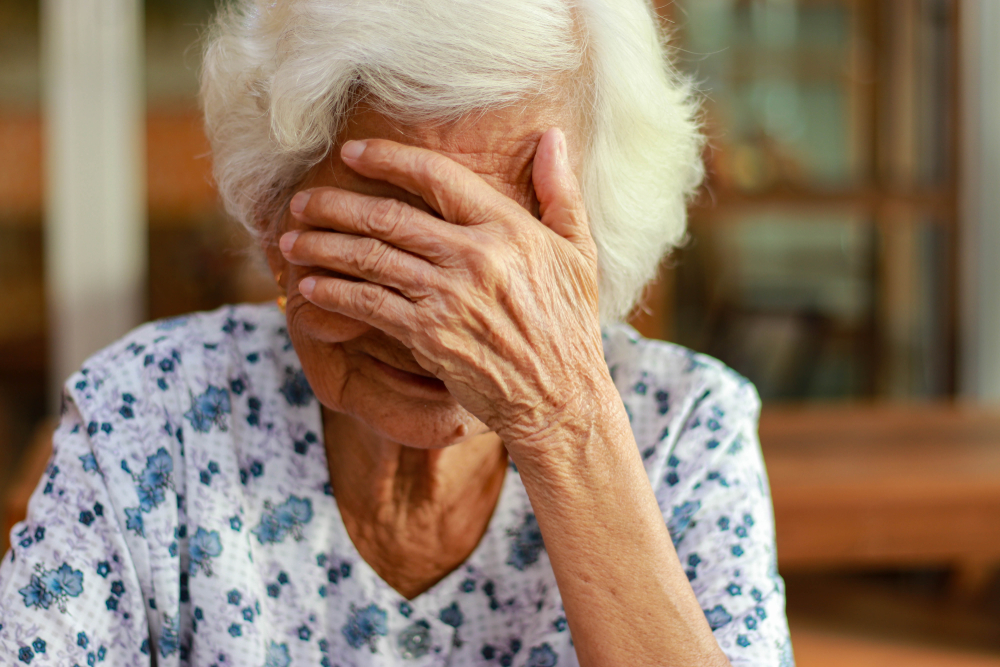Imaging Can Help Emergency Room Radiologists Detect Signs of Elder Abuse

Emergency room radiologists can be the missing link when it comes to identifying elder abuse — especially if they are skilled in detecting “mechanism mismatch.”
Dr. Mihan Lee, PhD, corresponding author, and his colleagues from Weill Cornell Medicine in New York City report, “The radiographic finding of a ‘mechanism mismatch,’ that is, an injury or fracture pattern inconsistent with the mechanism being described by the patient or their caregivers, is a critical finding that should trigger concern.”
Their report appeared in Radiologic Clinics of North America October 6, 2022.
The group of researchers studied imaging of elder abuse and discovered that elder abuse injuries are detected in radiographic images when the patient has visible injuries to their face, head, and upper extremities. The critical step is evaluating if the extent of the injury is consistent with the reported mechanism.
Elder abuse is expected to rise over the coming years because of the population increase of people over 65. It’s about 10% among community-dwelling adults and 20% for persons residing in nursing homes. Elder care abuse, a pressing concern, is severely underdiagnosed — the authors estimate that only one in every 24 cases is diagnosed and reported to authorities. Even more troubling is that many older adults are isolated, and their trip to the emergency department may be their only trip outside their home.
The study group analyzed preliminary studies of geriatric assault as an alternative for physical elder abuse. The preponderance of injuries in elder abuse occurs on the face and to the head and upper extremities — in that order.
Another study published in 2020 in the Annals of Emergency Medicine indicates that elder abuse injuries to the head and neck without injuries to other parts of the body are suspicious for elder abuse rather than unintentional injury.
- Being punched or hit in or about the face results more often in facial fractures rather than intracranial injury, with fractures most common to the nasal, maxillary, and orbital bones (in that order)
- Wrist fractures, including the Colles fracture, are suggestive that the person was pushed to the floor and was trying to brace or catch themselves with their upper extremities
- A “nightstick” fracture is suspicious of elder abuse, possibly indicating that the patient raised their arm to protect their head from an overhead blow, producing a displaced fracture of the ulna
- Comparing injuries from unintentional falls to elder abuse, elder abuse victims were far more likely to experience maxillofacial, dental, and neck injuries — 67% to 28%
- Another comparison of unintentional falls compared to elder abuse indicate another pattern indicative of elder abuse — 50% of elder abuse victims suffered injuries confined to the maxillofacial, dental, or neck without injuries to the upper and lower extremity injuries compared to just 8% of persons who experienced an unintentional fall
- Elder abuse victims were more likely to have injuries to the left cheek or zygoma (22% to 3%), neck (15% to 0%), or ear (6% to 0%)
Leader author of the 2020 study, Tony Rosen, MD, MPH, an assistant professor of emergency medicine in the Department of Emergency Medicine at Weill Cornell Medicine and New York Presbyterian Hospital in New York, explained, “Elder abuse is dramatically underrecognized and underreported. One of the reasons for that is many older adults do not come into contact with other folks. In fact, contact with a medical professional might be the only time that an older adult leaves their home. As a result, physicians—particularly emergency room clinicians—have an opportunity and responsibility to identify elder abuse, neglect, and exploitation.”
This research was based on 78 successfully prosecuted elder abuse cases compared to 78 patients who suffered unintentional falls.
Rosen calls neck injuries especially suspicious, “We found injuries to the neck were most consistent with elder abuse. When you fall, the neck is protected by the face and the shoulders. So, it is hard to injure your neck in a fall, unless you fall against the edge of a table or refrigerator. As a result, we think injuries to the neck are particularly concerning.”
Lee and his team’s study highlight the importance that hands-on training modules can have in helping radiologists gain familiarity with the radiological indications and patterns of injury to help detect elder abuse and partner with frontline clinicians in assessing elder abuse.